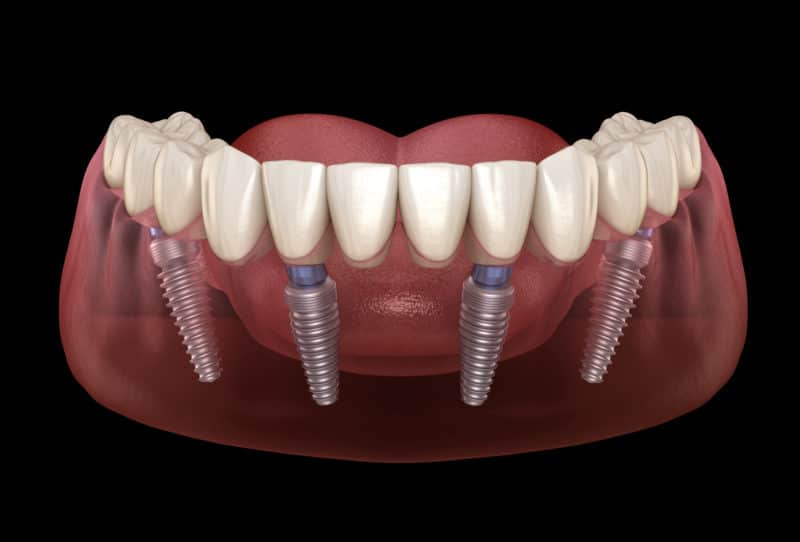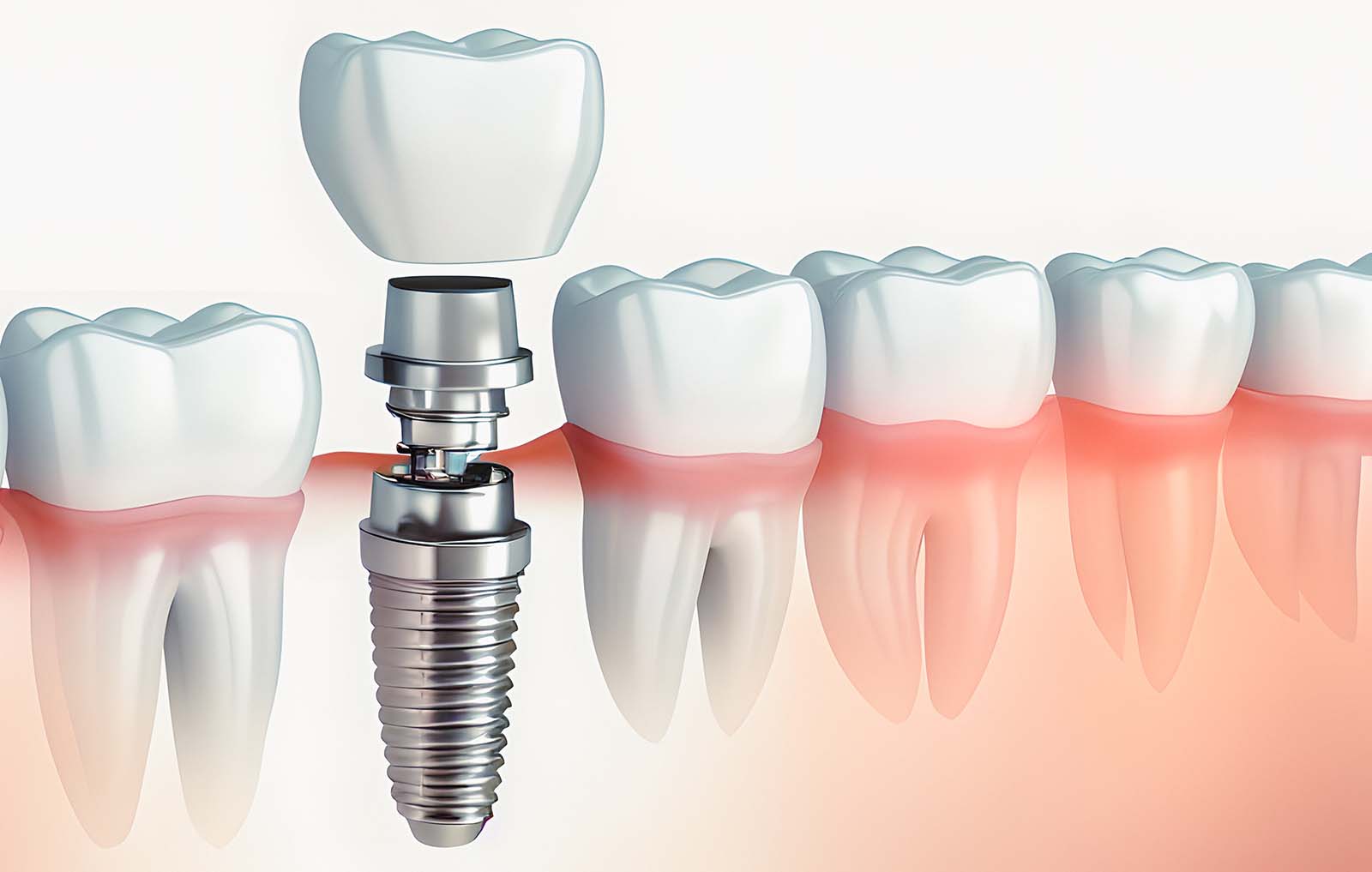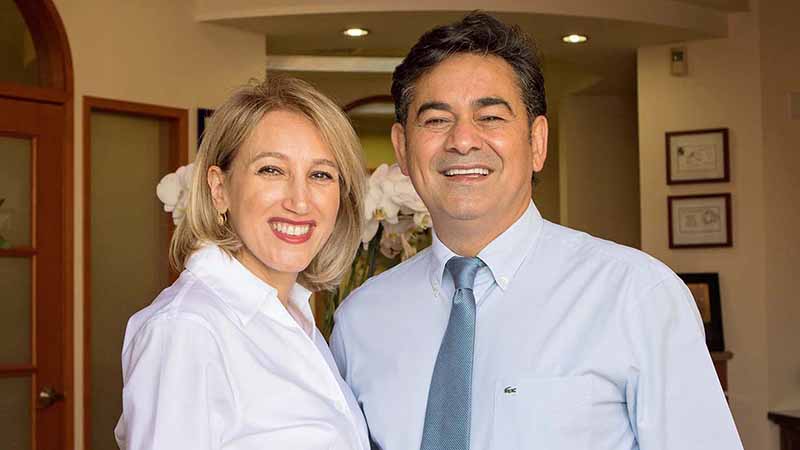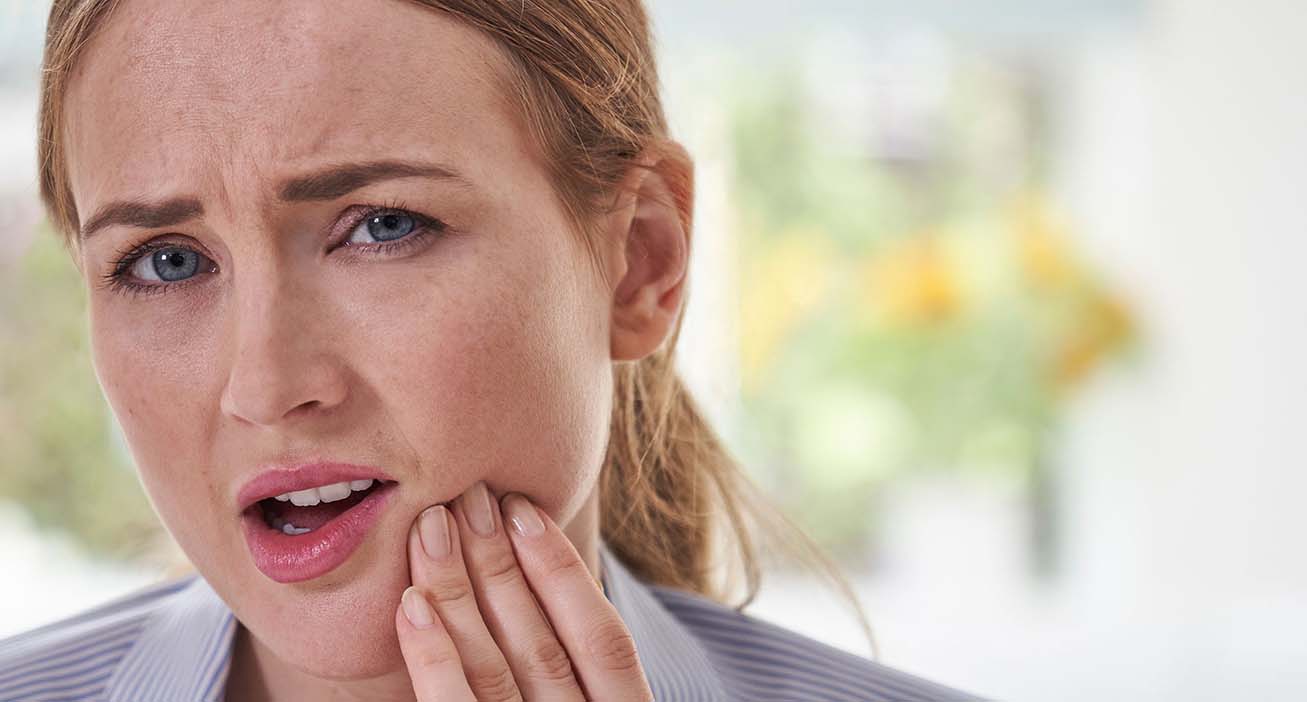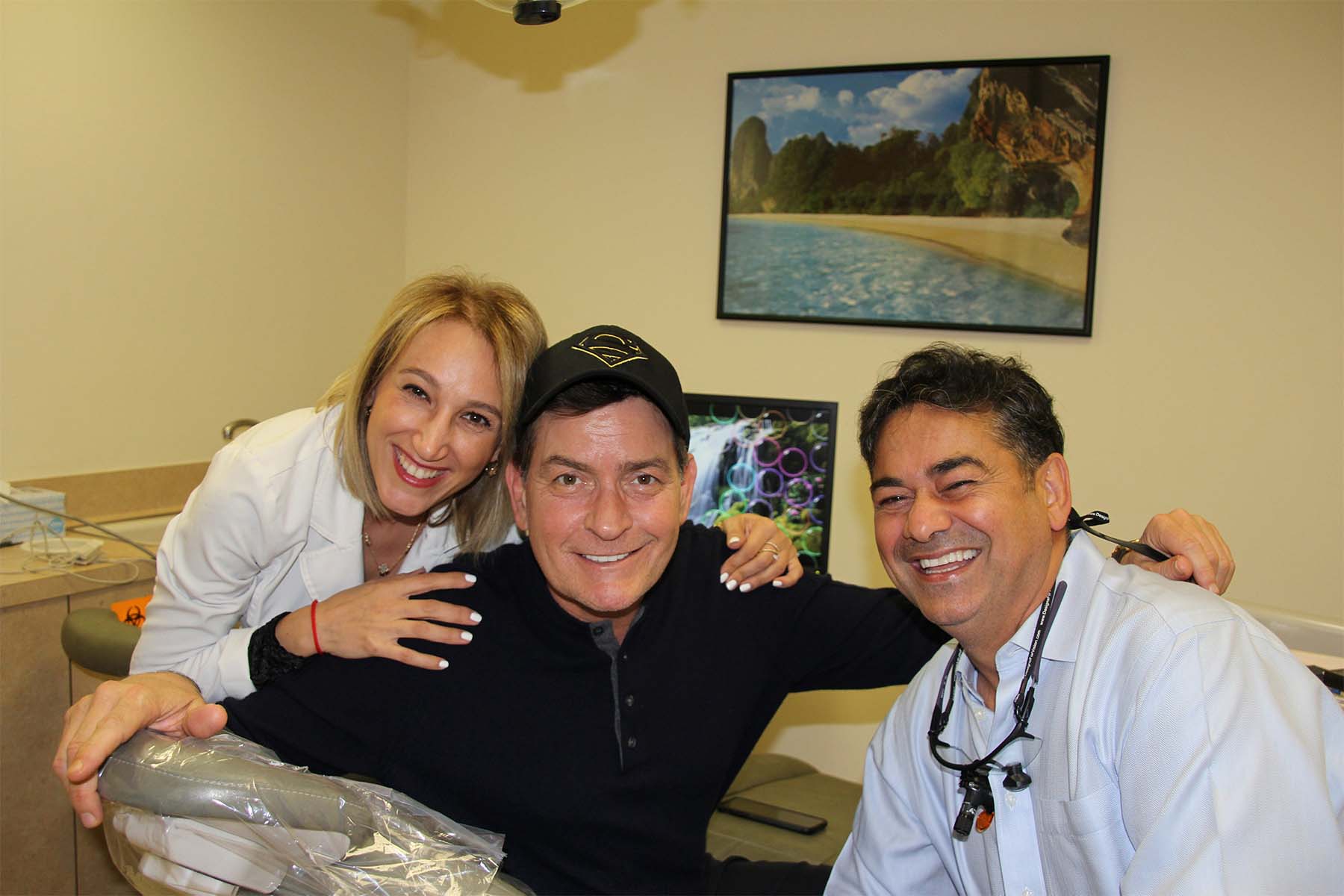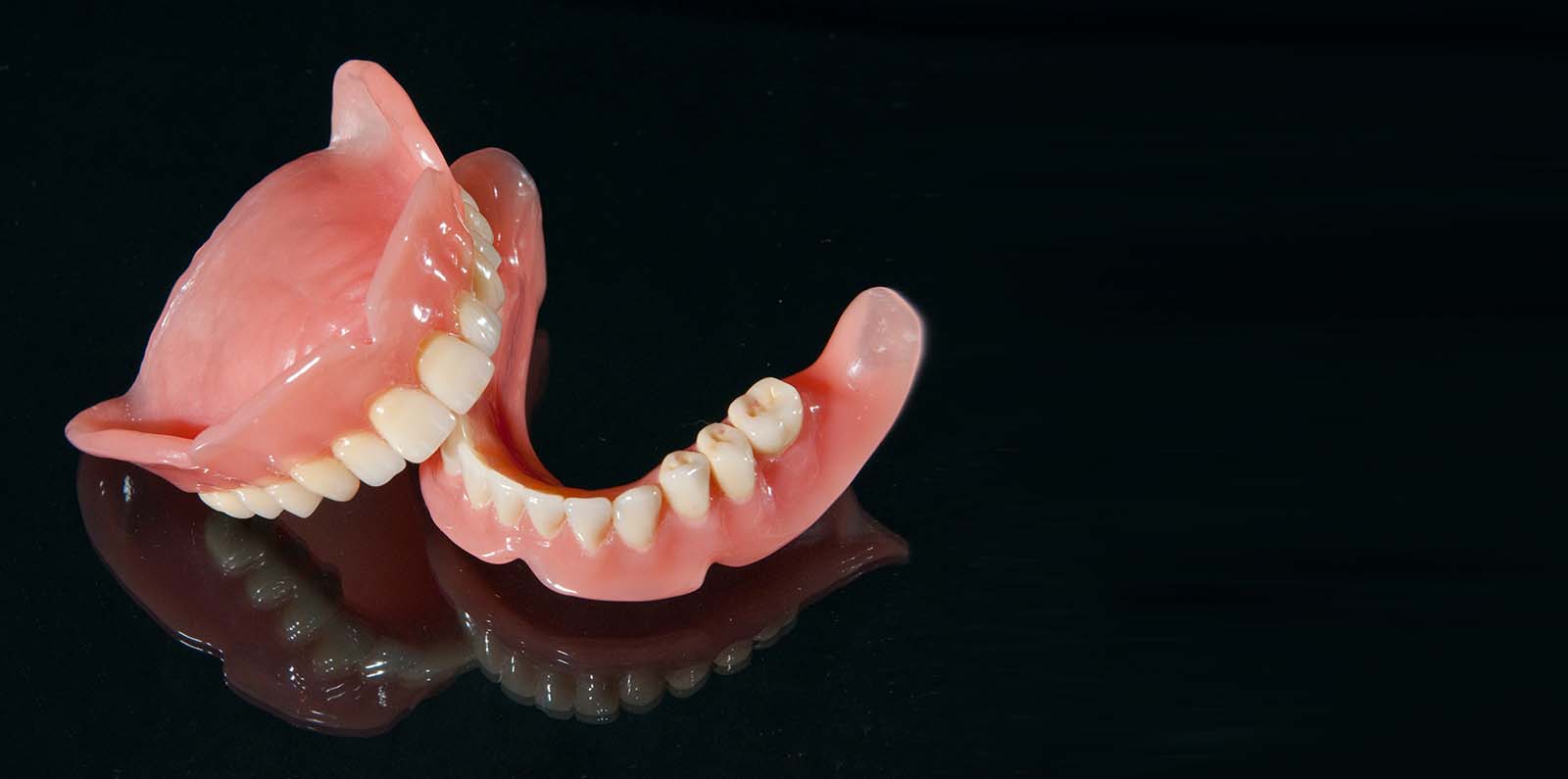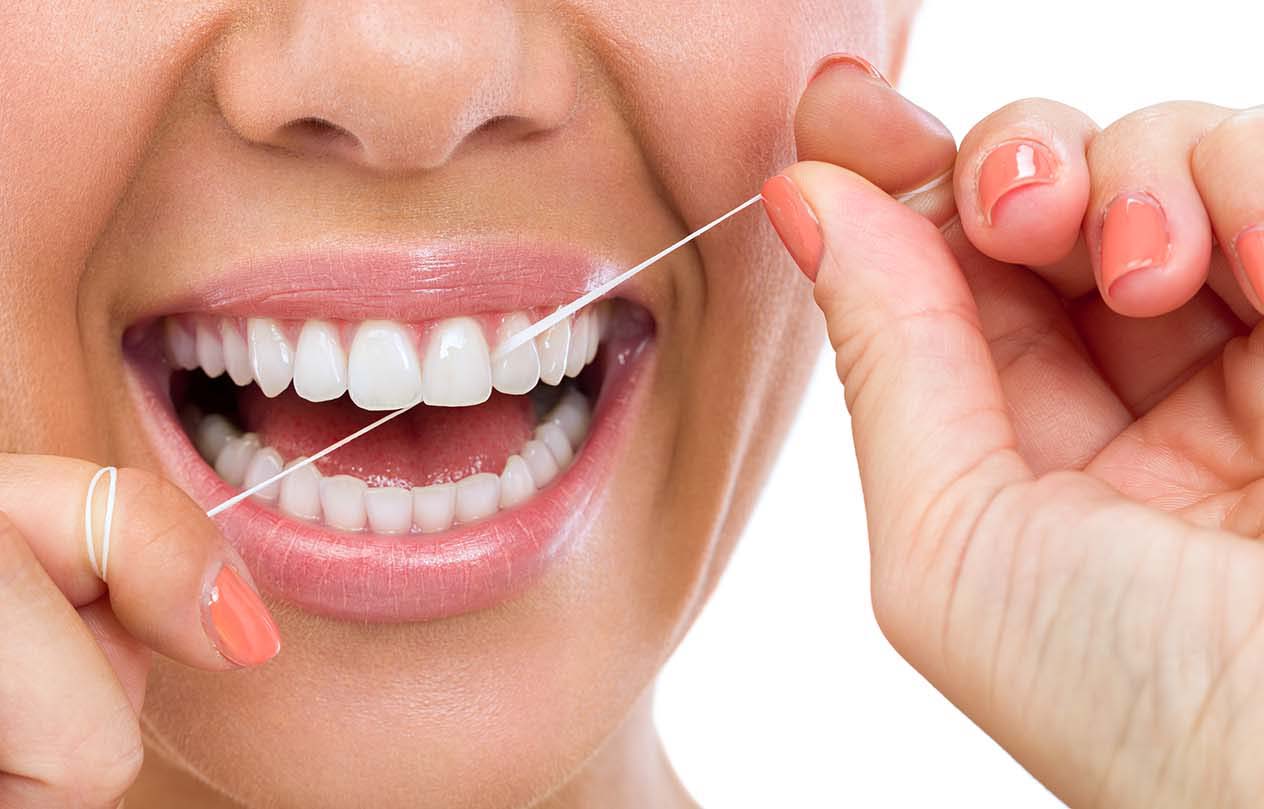Gum bleeding is a common occurrence. Nonetheless, it is rarely an alarm concerning a severe medical condition. Thus, there is no need to panic. The gum area has soft and sensitive tissue; therefore, you may get bruises from time to time. Bleeding is a normal reaction when you, for instance, use a toothbrush with tough bristles. Chewing hard food may also injure your gums. Sometimes, your flossing technique, as well, might be too aggressive. You should also expect slight bleeding if you have a tooth implant or other dental prosthetics.
Nevertheless, it is best to stay alert because bleeding gums is one of the primary signs of periodontal disease. If the bleeding does not stop within a few days, say a week, the best move is to seek medical assistance. Dr. Delatam Habookai of Southland Dental Care states that more than 40% of Los Angeles adults suffer tooth lose due to periodontal disease. Fortunately, most periodontists in Los Angeles offer treatment for gum disease.
The Causes of Bleeding Gums When Flossing
Periodontal Disease
Periodontal disease is an oral medical condition caused mainly by tartar and plaque buildup. It is a severe infection that can damage the soft tissue and the bones supporting the teeth. Plaque forms from the mixture of bacteria with starch and sugary food. Due to poor hygiene, the plaque develops into tartar over time. Mineral salts in the saliva cause the plaque to harden and become tartar. The best dentist in Los Angeles comments that chemically, tartar consists of calcium carbonate, magnesium phosphate, and calcium phosphate. Hence, eliminating them is challenging. The American Dental Association reveals that gum disease is prevalent, affecting roughly 42% of American adults over 30 years. Fortunately, there exist modern treatments to manage and prevent the condition.
The Signs of Periodontal Disease: Centers for Disease Control and Prevention
- Sensitive gums
- Loose teeth
- Painful chewing
- Disoriented bite
- Inflamed gums
- Reddish gums
- Pus between teeth
Rough Flossing
Aggressive flossing does not guarantee a better cleaning procedure. Remember that the gum area consists of very soft and sensitive tissue. Vigorousness or flossing too many times every day will only bruise this tissue. It is typical to notice some bleeding when you begin flossing, but this should stop after a few days if you do it properly.
Smoking
Tobacco smoking affects your general health. It contains more than 70 harmful chemicals which deprive the immune system. Consequently, the body fails to fight or prevent infections. For instance, the chemicals found in tobacco reduce the immune system’s strength to fight diseases like gingivitis and oral cancer. These are some of the most common oral complications. Since smoking interferes with blood flow, getting an early alarm associated with medical conditions becomes impossible. Over time, the infections become severe as the root develops multiple infections. Eventually, bleeding occurs since the area surrounding the gums is overly sensitive.
Poor Nutrition
Following the World Health Organization, bleeding gums are widely associated with inadequate body vitamin C. Firstly, vitamin C enhances the strengthening of bones, teeth, and cartilage. That said, an inadequate amount weakens these areas, thus increasing the chances of gum disease. Secondly, it is an essential nutrient associated with boosting immunity. Ascorbic acid has multiple antioxidants that fight harmful chemicals and infections which damage body cells and tissues. Lack of enough vitamin C will interfere with the immune system’s ability to prevent and fight harmful elements. Scurvy is a severe infection that is an indicator of vitamin C deficiency. It is rare today but may cause bleeding gums since it results in lost teeth and bruising, as mentioned by the best dentist in Los Angeles.
Medical Conditions
A variety of underlying medical conditions may also be the cause of bleeding gums when flossing.
Oral Cancer
Mouth cancer is a life-threatening health complication that causes gum bleeding. It can develop in different mouth parts: lips, cheeks, and gums. All types of cancers severely damage cells and tissues hence causing bleeding.
Leukemia
Leukemia is a cancer of the blood. It primarily results from DNA mutation of blood cells but can also be a consequence of smoking and exposure to certain environmental chemicals. The disease restricts blood clotting because it diminishes the production of white blood cells. The Leukemia and Lymphoma Society states that the disease causes bleeding gums, even without apparent swelling. In other findings (Cancer Research Institute), bleeding gums is one of the early, usual signs of leukemia.
Gingivitis
Gingivitis is a mild inflammation of the gums caused by poor dental hygiene. It occurs due to the buildup of plaque and tartar. When left untreated, gingivitis develops into periodontal disease. A prevalent sign of gingivitis is gum bleeding when you floss or brush.
Diabetes
People with diabetes have high blood sugar. This means even the saliva contains exceeded amounts of sugar. As mentioned, sugar combines with bacteria in the mouth to form plaque, which later becomes tartar. Correspondingly, one develops gum disease and other oral infections that cause bleeding.
Poorly Fixed Prostheses
Popular prostheses include a tooth implant, crown, veneer, bridge, and denture. The fixing procedures of these prosthetics determine the health and healing process of the gums. Poorly installed prostheses exert excess pressure and bruise the gums, causing bleeding.
Home Care for Gum Bleeding
Observe Proper Dental Hygiene
Maintaining good hygiene is the best way to prevent dental problems and tooth loos. The American Dental Association recommends brushing at least twice daily and flossing. The main culprits of dental diseases are plaque and tartar—prevention and elimination depend on the tools, mode, and frequency of dental care.
How to Properly Brush Your Teeth
- Place the bristles at a 45-degree angle to the gum line
- Brush the outer surfaces first
- Ensure you are moving the brush in a circular motion.
- Using a similar angle and motion, brush the inner sides of the teeth. Spend roughly three minutes.
- Clean the molars and premolars in a forth and back motion. The toothbrush should be perpendicular to the lips.
- Gently brush the upper surface of your mouth.
- Do the same for the cheeks and tongue.
- Rinse your mouth at least thrice.
Tips
- Use a toothbrush with soft bristles.
- Replace your toothbrush every three to four months.
- Use a pea-sized amount of fluoride toothpaste.
- Clean and disinfect your toothbrush. Hydrogen peroxide and white vinegar are effective and economical disinfectants.
How to Properly Floss
- Wound the floss around the middle fingers.
- Place the floss in between two teeth.
- Drag the floss up and down along each tooth.
- At the gum line, curve the floss into a c-shape to scoop dirt. Do not exert pressure on the gum to avoid bruising.
Use Warm Salt Water Rinse
Basic science proves that saltwater is a natural and effective mouthwash. For that reason, doctors propose it for tooth loos and after-surgery care. Following osmosis and salt concentration, salt sucks up the water in bacteria, leaving them dehydrated. Typically, bacteria barely survive in dry environments. Swishing warm salt water every two to three hours soothes irritated gum tissue. Besides gum disease, warm salt water rinse is also perfect for individuals with artificial crowns, veneers, full mouth dental implants, and dentures.
Ice Cubes
A cold compress temporarily numbs the area, restricting blood flow and reducing bleeding. This also reduces inflammation and pain. Apply a cold compress three to four times a day for maximum results. Do this for roughly 20 minutes. You can also alternate the ice packs with a warm compress to loosen the tight muscle tissues.
Increase Vitamin C Intake
Improve your diet by consuming enough amount of vitamin C. This will help in gum tissue strengthening and healing. Furthermore, vitamin C is an antioxidant that prevents potential infections, which may lead to tooth loos. In addition, vitamin C is available as oral supplements in most drugstores. Nevertheless, a well-known periodontist in Los Angeles advises seeking consultation before purchasing over-the-counter boosters.
Oil Pulling
Oil pulling is a science-proven technique that diminishes infection by eliminating bacteria and plaque in the mouth. It also has anti-inflammatory properties. Coconut and sesame oils are the best to use.
Medical Treatment for Bleeding Gums
Medical treatment is recommendable for individuals with severe gum bleeding, which may indicate a serious health complication.
Non-surgical Approach
Prescription Drugs
Antibiotics, in combination with other medications, reduce and prevent infection by eliminating harmful bacteria. A physician may also prescribe antibacterial mouthwashes and toothpaste. The best dentist in Los Angeles, Dr. Delatam Habookai, recommends antibiotics like azithromycin, amoxicillin, and ciprofloxacin.
Tray Delivery System
This treatment for gum disease delivers medication below the gums. Using a non-invasive Perio tray, the procedure delivers hydrogen peroxide below the gums to kill and eliminate bacteria.
Laser Treatment
Laser treatment involves using laser beams to remove plaque and bacteria. The procedure also strengthens the tissues and bones around the teeth.
Scaling and Root Planning
Also known as deep cleaning, this procedure is primarily advisable for individuals with chronic periodontal disease. A dentist physically removes plaque and tartar by scraping the teeth’ and pockets’ surface. A smoothing process will then follow. Scaling and rooting may require an aesthetic application since the aftermath may be painful.
Surgical Approach
Pocket Reduction Surgery
The process involves pulling back the gum tissue to remove bacteria and tartar under the gums. After this, the dentist will stitch up the tissue to reduce the pocket size. The treatment aims to restore connection between the gum tissues and bones. This approach effectively prevents tooth lose due to periodontal disease.
Flap Surgery
Flap surgery is a treatment for gum disease recommended when scaling and rooting fail to work. It is pretty similar to pocket surgery reduction. However, it is less invasive. A dentist will pull back the gum tissue to make an incision. The expert cleans the teeth’ roots, repairs damaged bones and then seals the area.
Full Mouth Dental Implants
The best dentist in Los Angeles commends full mouth dental implants for people experiencing severe tooth lose due to periodontal disease and physical trauma. Unlike veneers, a tooth implant is permanent. A tooth implant system consists of a screw that a dentist inserts in the jaw and an abutment that holds the crown.
Bone Grafting Treatment for Gum Disease
Bone grafting is a restorative procedure applied to correct bone loss. This treatment involves placing a grafting material where the tooth loos occurred. The bone graft enhances faster healing and new bone tissue regeneration.
Southland Dental Care: Periodontist in Los Angeles
Are you in Los Angeles and suffering from unending bleeding gums? If this is the case, you may need to contact the best periodontist in Los Angeles, Dr. Delatam Habookai. Southland Dental care offers various treatment options for gum bleeding. Keep in mind that bleeding gums may be an indication of various medical conditions. Do not wait to experience tooth lose due to periodontal disease and other complications. Dr. Delatam Habookai of Southland Dental Care proposes that you seek assistance before applying home care methods. Whether you may need non-invasive cleaning, full mouth dental implants, and other treatment approaches, he is a top-tier periodontist in Los Angeles.





